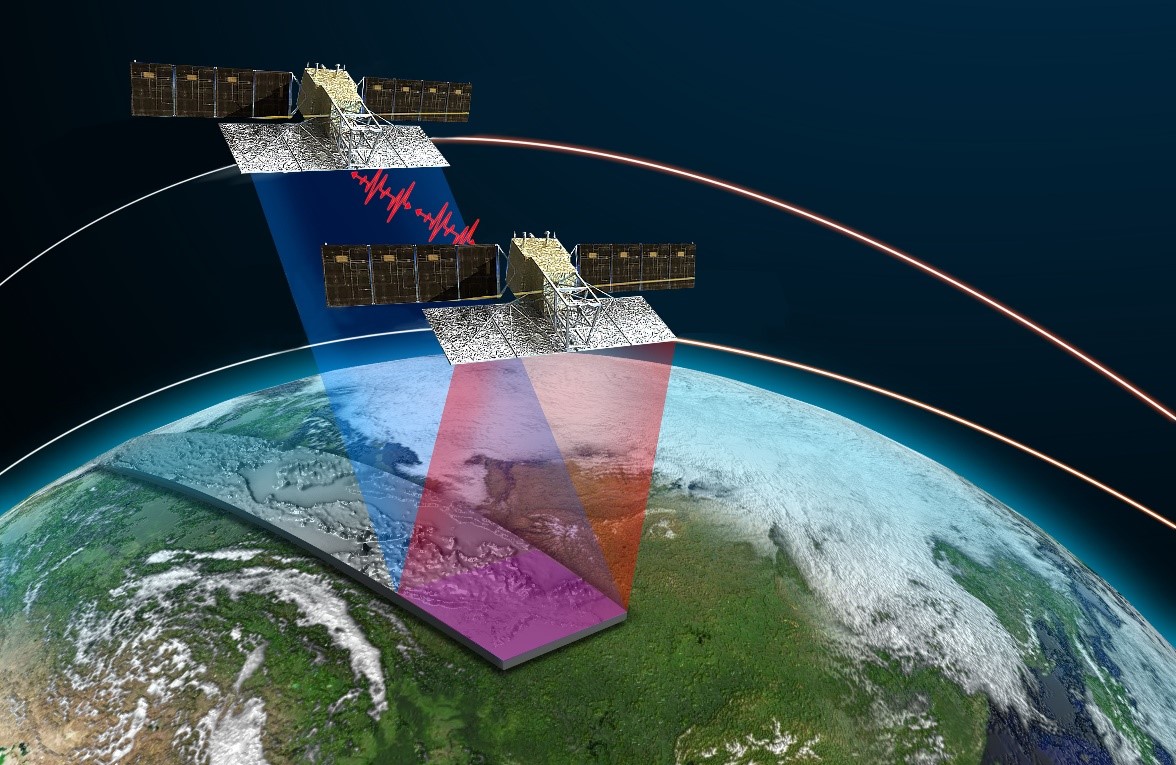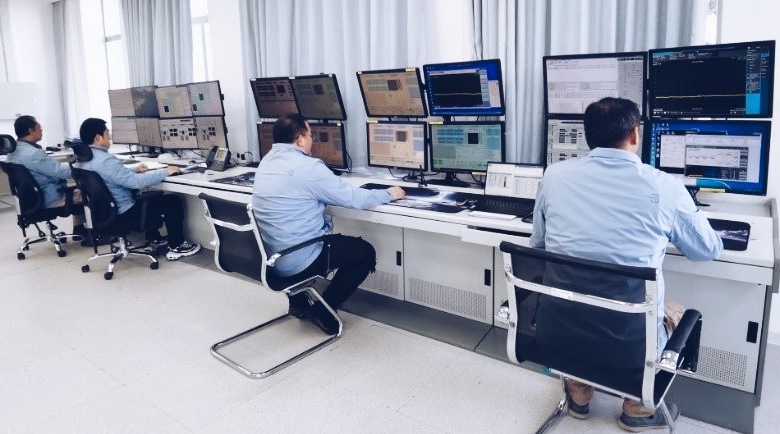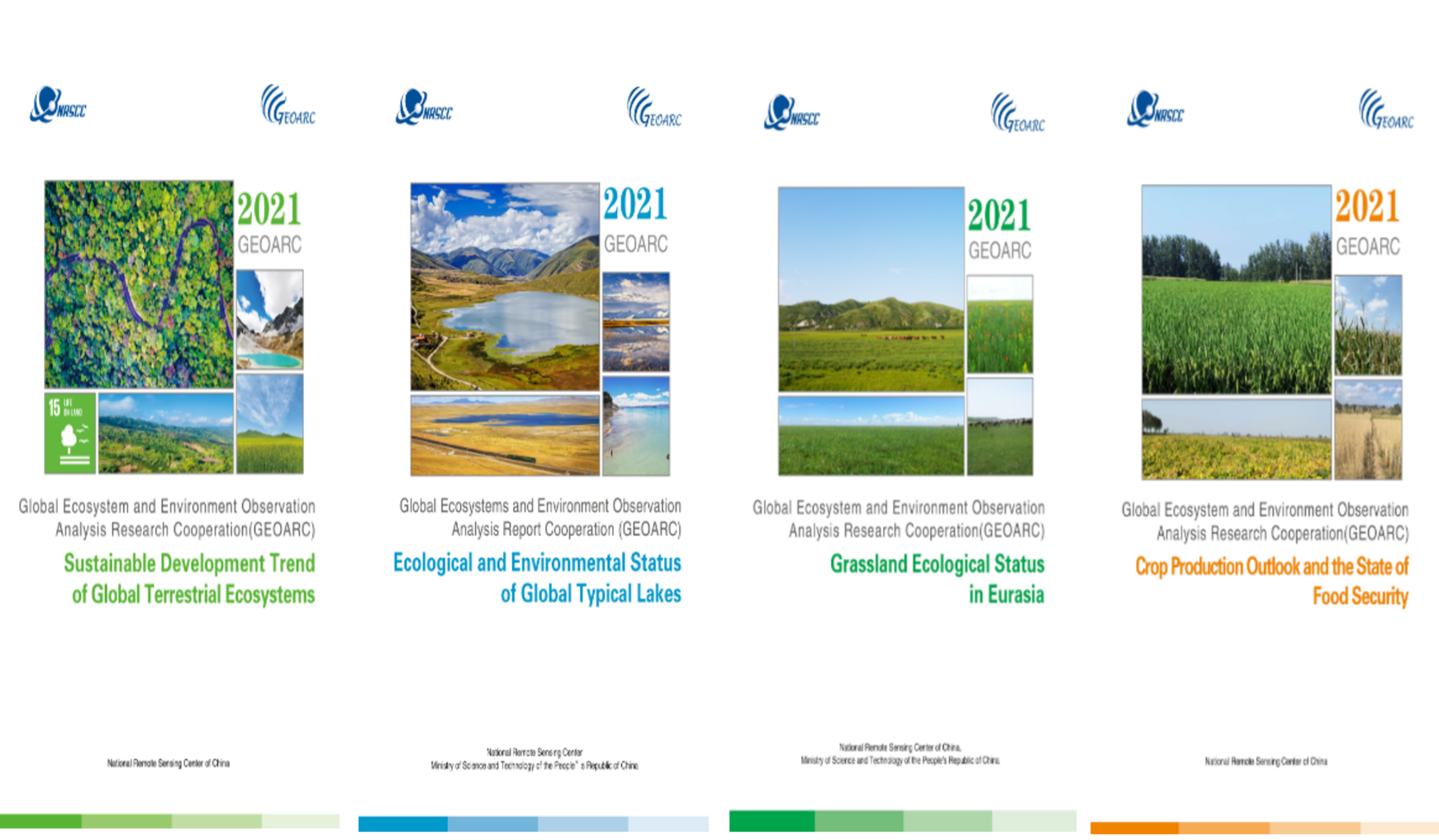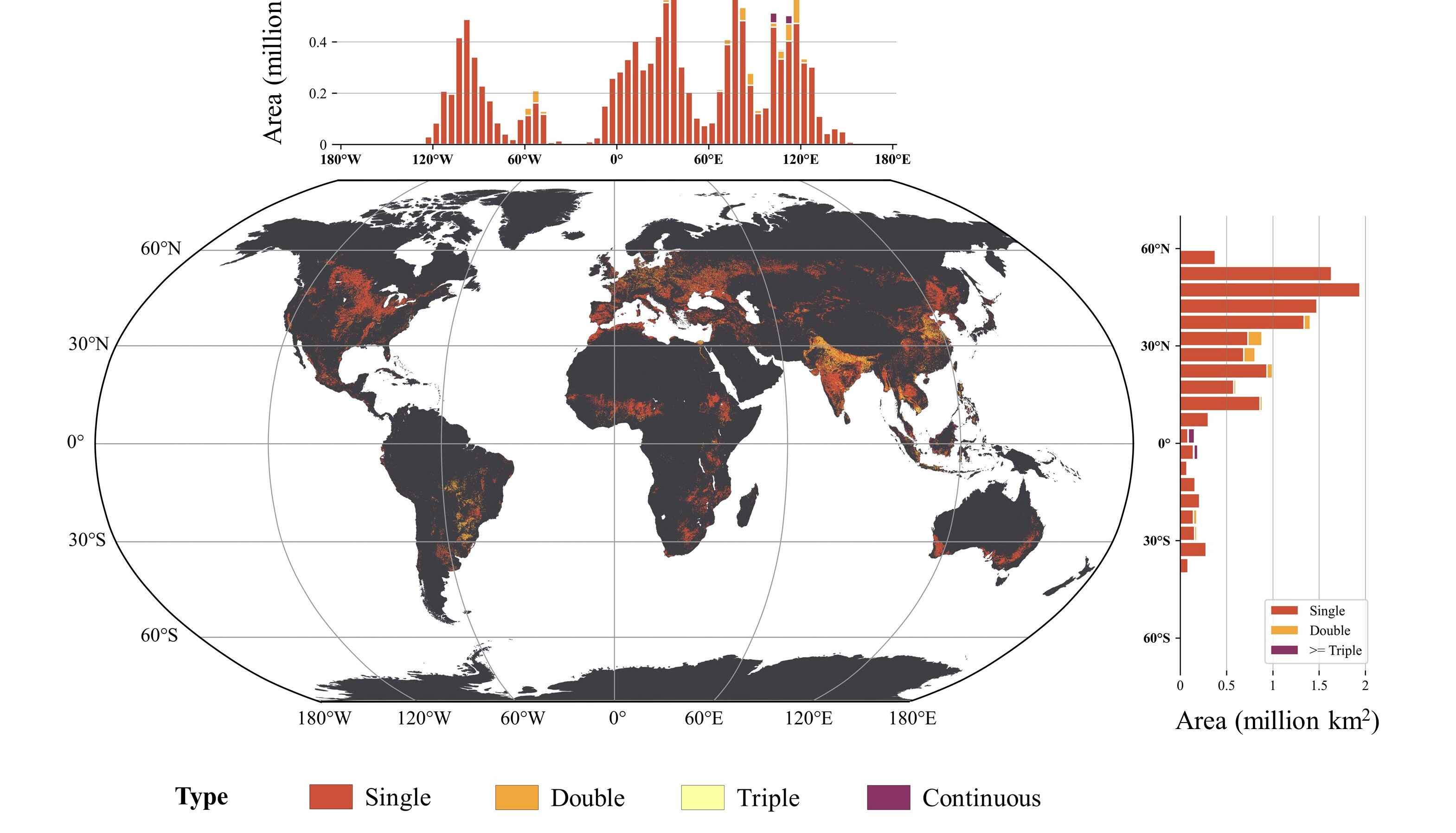
-
China's Land-observing Satellite Starts to Take Pictures
BEIJING, Feb. 11 (Xinhua) -- A Chinese remote-sensing satellite started to take pictures in its orbit, scientists in charge of the satellite said Friday.
Feb 14, 2022

-
Satellite Data from China Helps Tonga with Disaster Response
On January 25, the “Volunteer Rapid Disaster Monitoring and Mapping (Hunga Tonga-Hunga Ha'apai Volcanic Eruption)”, which was jointly developed by the Aerospace Information Research Institute (AIR) under the Chinese Academy of Sciences (CAS) and New Zealand Tonkin + Taylor, was recommended to Tonga government through the academic channel. The platform has been handed over the Tonga government departments for use on the same day, according to Tongan Prime Minister Siaosi Sovaleni in a thank-you email.
Feb 02, 2022
-
Harbin from Space
Dec 31, 2021

-
China Receives Data from Newly Launched Resource Satellite
BEIJING, Dec. 27 (Xinhua) -- The China Remote Sensing Satellite Ground Station has successfully received the first data transmitted from the newly launched resource satellite ZY-1 02E, the Chinese Academy of Sciences (CAS) said Monday.
Dec 28, 2021

-
China's Earth Science Satellite Transmits Images Home
BEIJING, Dec. 20 (Xinhua) -- China's recently launched Earth science satellite has sent back its first remote sensing images, according to its developer, the Chinese Academy of Sciences (CAS).
Dec 21, 2021
-
Chinese Scientist Invited as Member of ISC Global Commission on Science Missions for Sustainability
According to an announcement of the International Science Council (ISC), the Global Commission on Science Missions for Sustainability was launched on December 9 to press the reset button on efforts to accelerate progress towards the Sustainable Development Goals (SDGs). Prof. GUO Huadong from the Aerospace Information Research Institute (AIR), Director of the International Research Center of Big Data for Sustainable Development Goals (CBAS), was invited to serve as a member of the commission.
Dec 17, 2021

-
2021 Annual Reports on Global Ecosystem and Environment Observation Released
China's Ministry of Science and Technology (MOST) released 2021 annual report series to evaluate the latest development trend of global ecosystem and environment.
Dec 03, 2021

-
China Confirms Data Reception from Newly Launched GF-3 02 Satellite
China Remote Sensing Satellite Ground Station (RSGS), a major national S&T infrastructure hosted by the Aerospace Information Research Institute (AIR) under the Chinese Academy of Sciences, confirmed on November 28 that it successfully received data from the newly launched GF3-02 satellite.
Dec 01, 2021

-
Chinese Scientist Wins GEO Individual Excellence Award
According to an announcement released by the Group on Earth Observations (GEO) on November 26, Prof. LI Guoqing from the Aerospace Information Research Institute (AIR), Chinese Academy of Sciences (CAS) won 2021 GEO Excellent Individual Award, marking the first Chinese scientist who wins the honor.
Nov 29, 2021

-
China Launches SDGSAT-1 Science Satellite to Facilitate Global Sustainable Development
China launched the SDGSAT-1 science satellite into space from the Taiyuan Satellite Launch Center in northern China on November 5, 2021. The satellite was launched aboard the Long March-6(CZ-6) carrier rocket and entered its planned orbit successfully.
Nov 05, 2021

-
Four AIR Research Results Win 2020 National Science and Technology Award
At the annual ceremony of the National Science and Technology Award held in Beijing on November 3, the Aerospace Information Research Institute (AIR) under the Chinese Academy of Sciences (CAS) won four prizes for the 2020 National Science and Technology Award.
Nov 04, 2021

-
China Releases Global Dataset of 30-m Cropping Intensity
The CropWatch team of the Aerospace Information Research Institute (AIR), Chinese Academy of Sciences (CAS) releases the world's first 30-meter resolution global cropping intensity dataset (GCI30) by using multi-source remote sensing imagery. With an overall accuracy of 92.9%, the dataset can depict the overall pattern of global cropping intensity with much better spatial details than previous ones.
Oct 29, 2021

-
Three AIR Research Projects Win 2020 Beijing S&T Award
According to a recent announcement on the Beijing Science and Technology Award, the 2020 Award recognized 14 scientists and 150 research projects, among which included three projects from the Aerospace Information Research Institute (AIR) under the Chinese Academy of Sciences (CAS).
Oct 30, 2021

-
Chinese Scientist Wins International Science Council Award
BEIJING, Oct. 13 (Xinhua) -- A Chinese scientist on Wednesday won the Science for Sustainability Award at the first International Science Council (ISC) Awards for his contribution to sustainable development goals.
Oct 14, 2021
-
China Moving toward 2030 SDGs: Report
BEIJING, Sept. 28 (Xinhua) -- China is moving toward the goals of the UN 2030 Agenda for Sustainable Development with significantly improved performance after 2015, according to a newly-released report.
Sep 29, 2021



News & Events